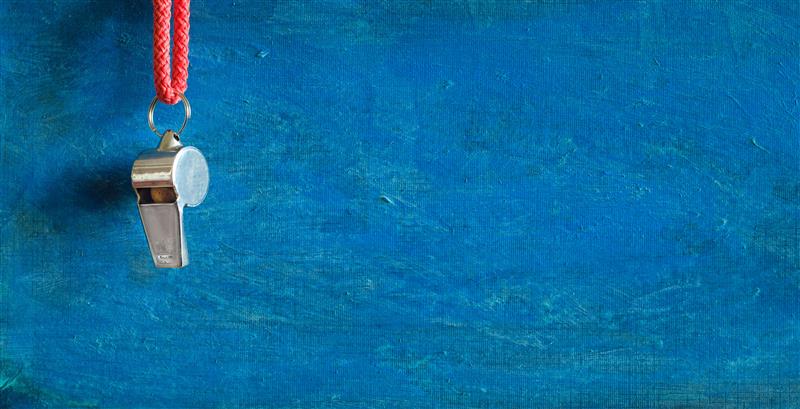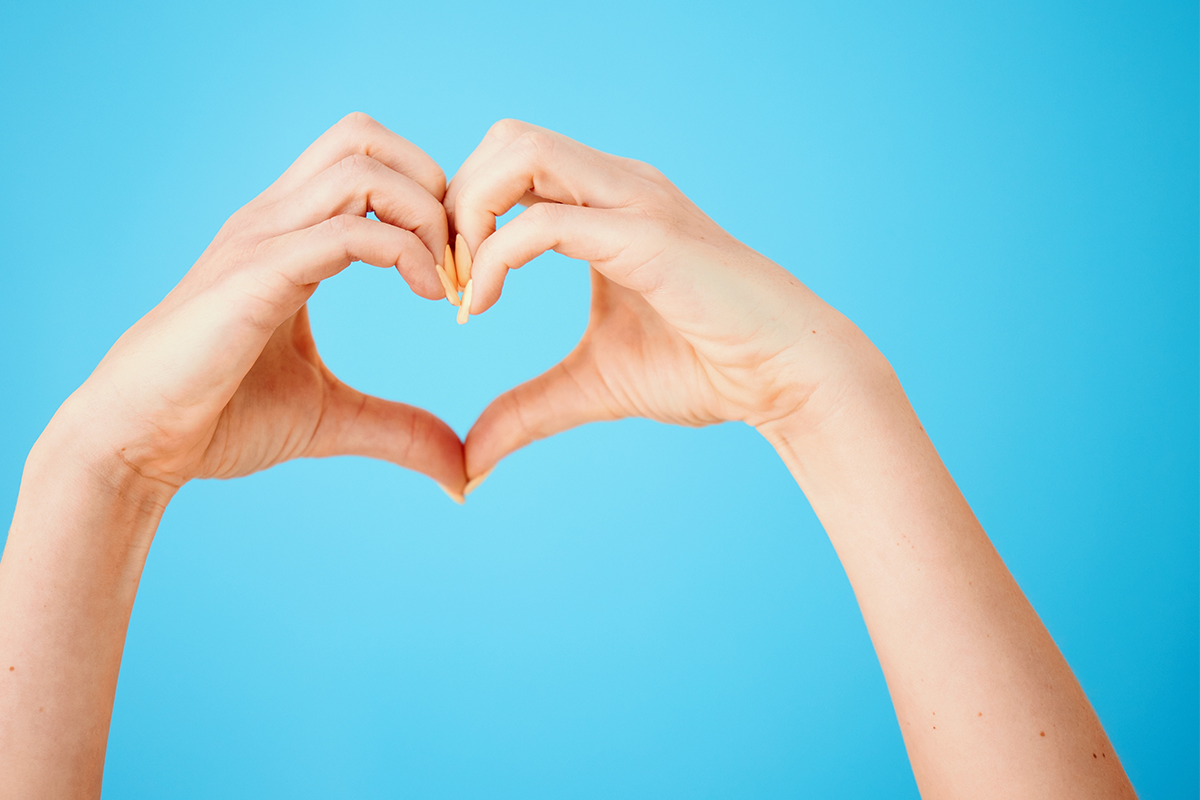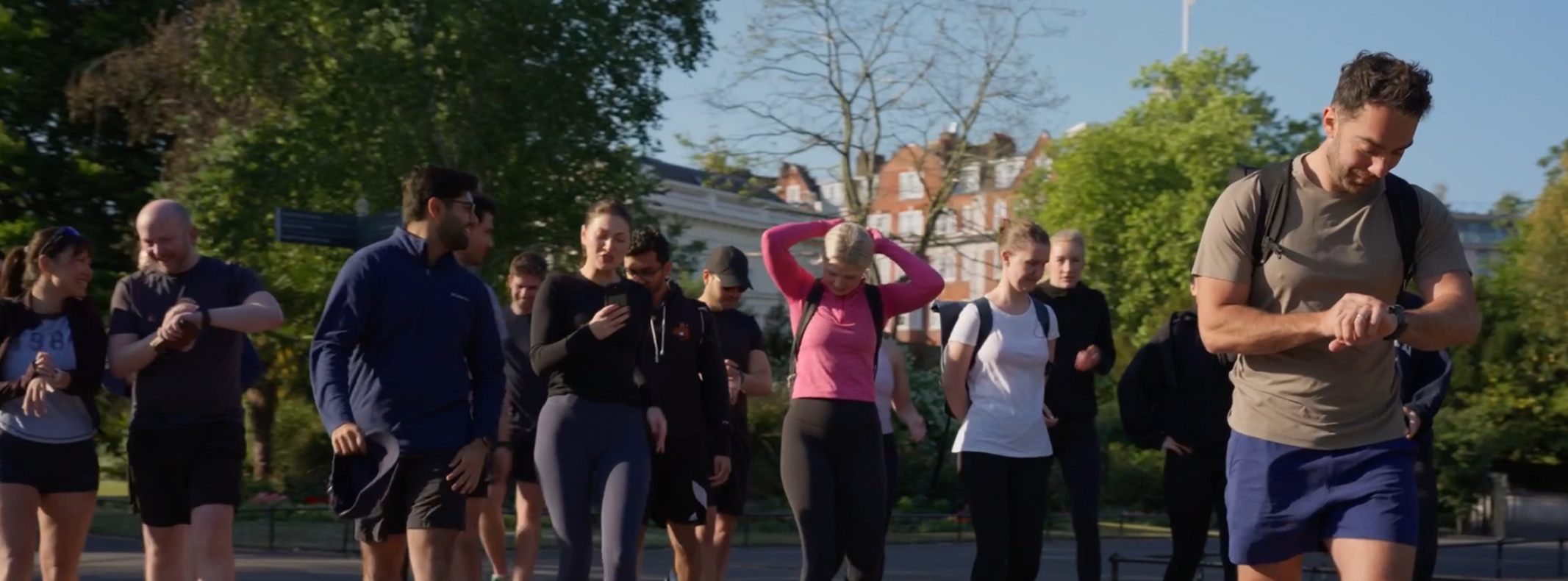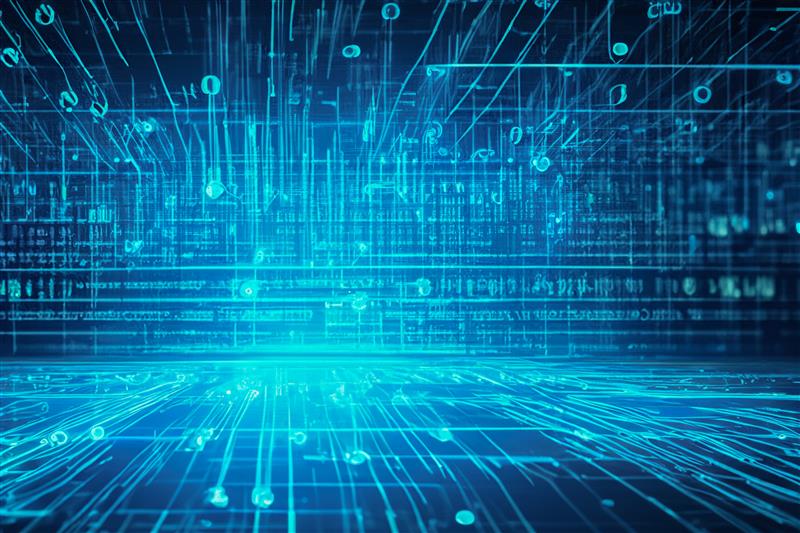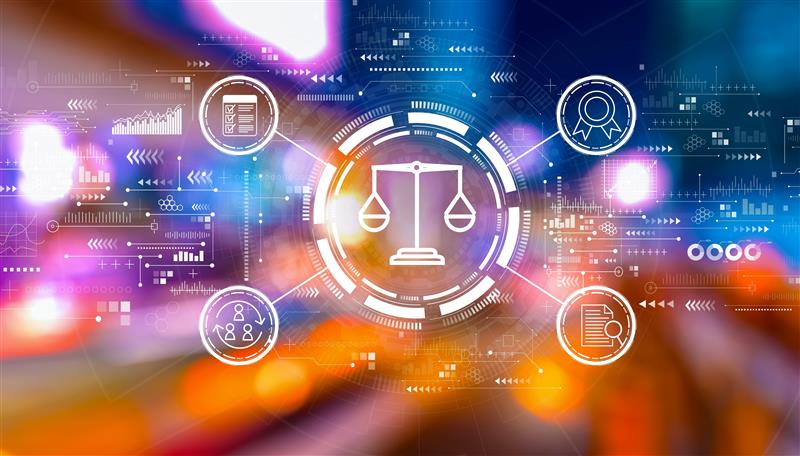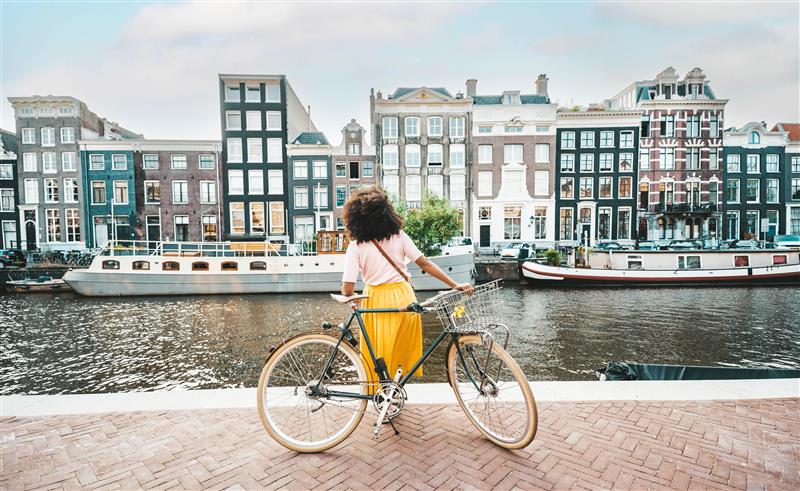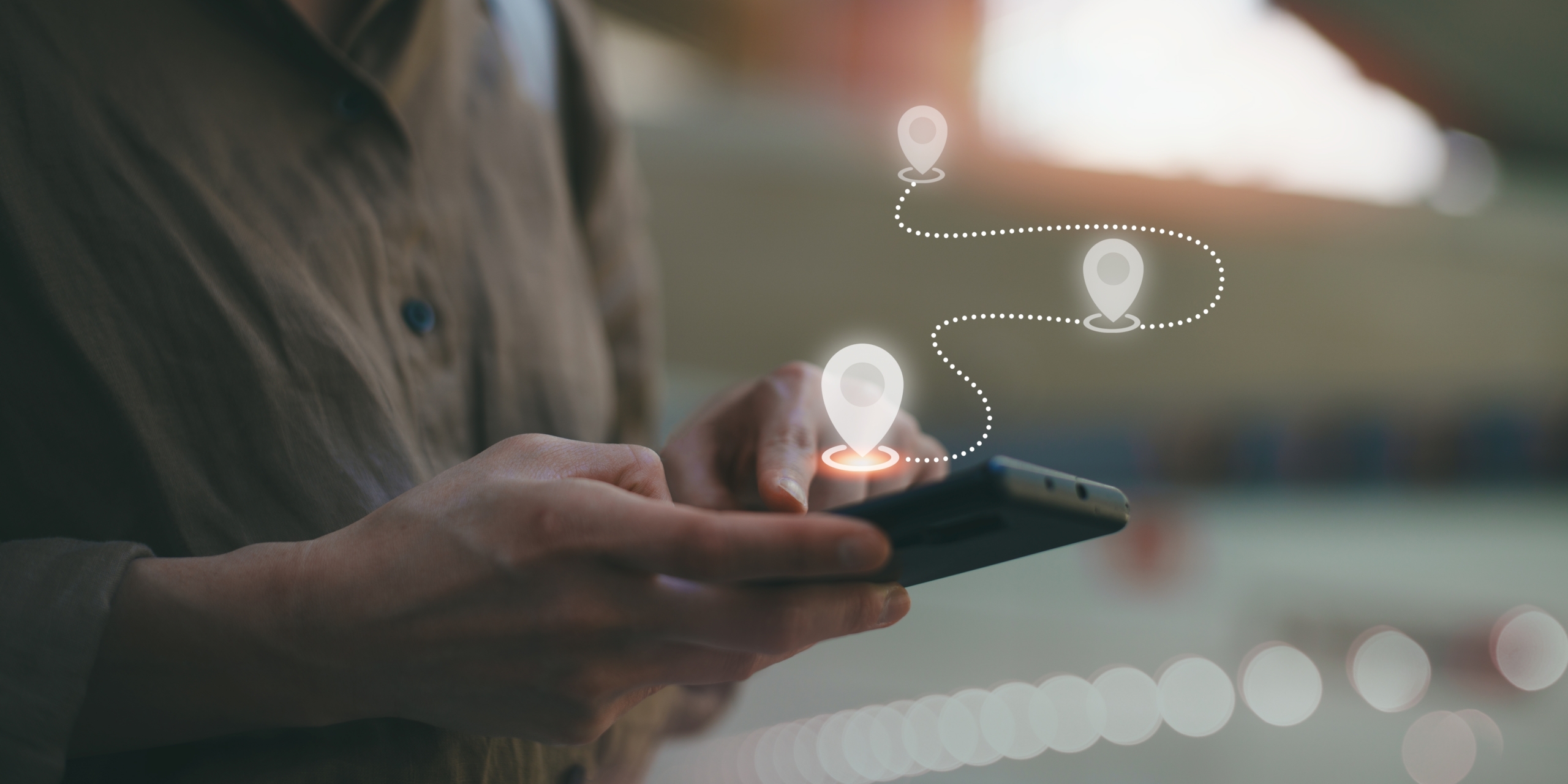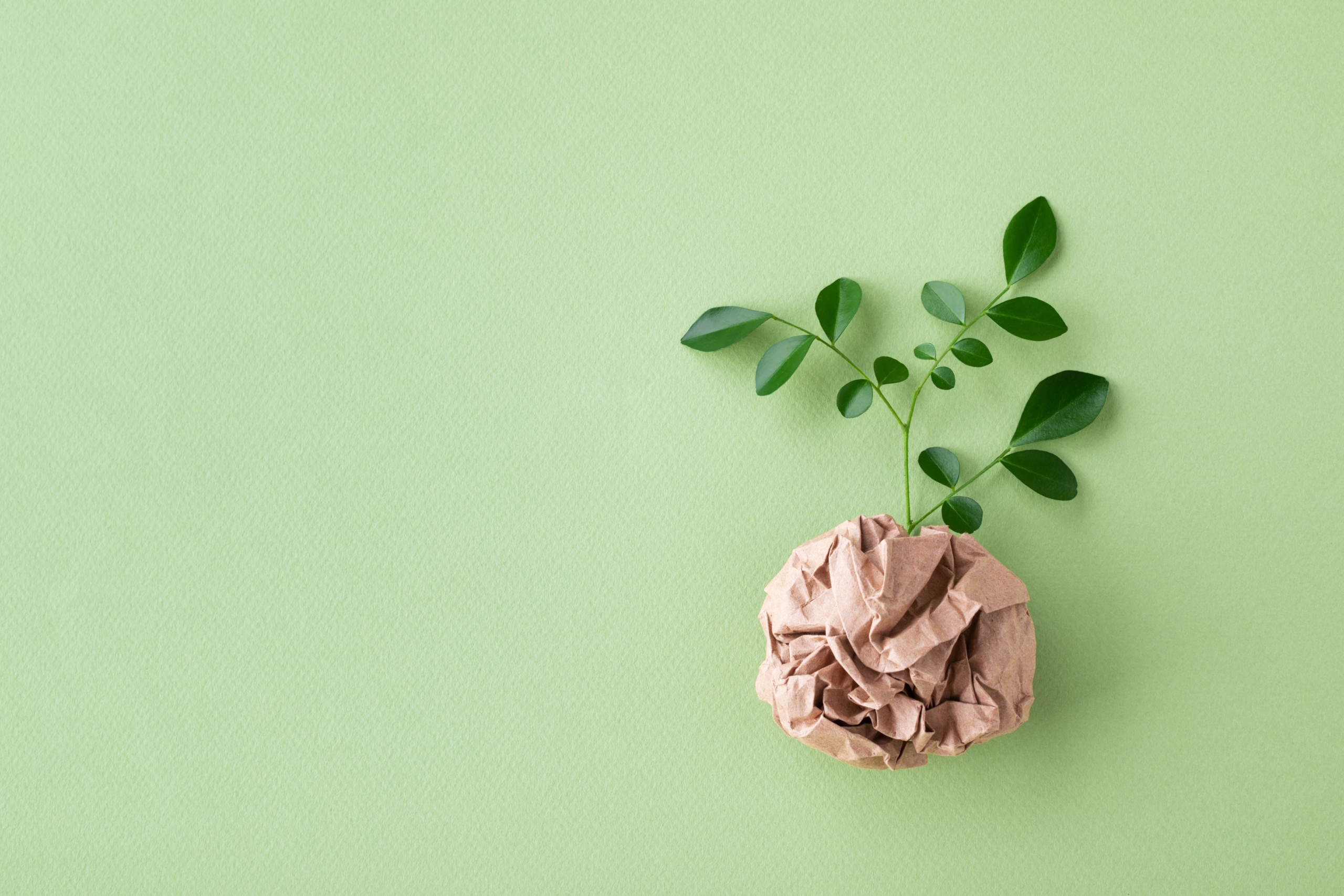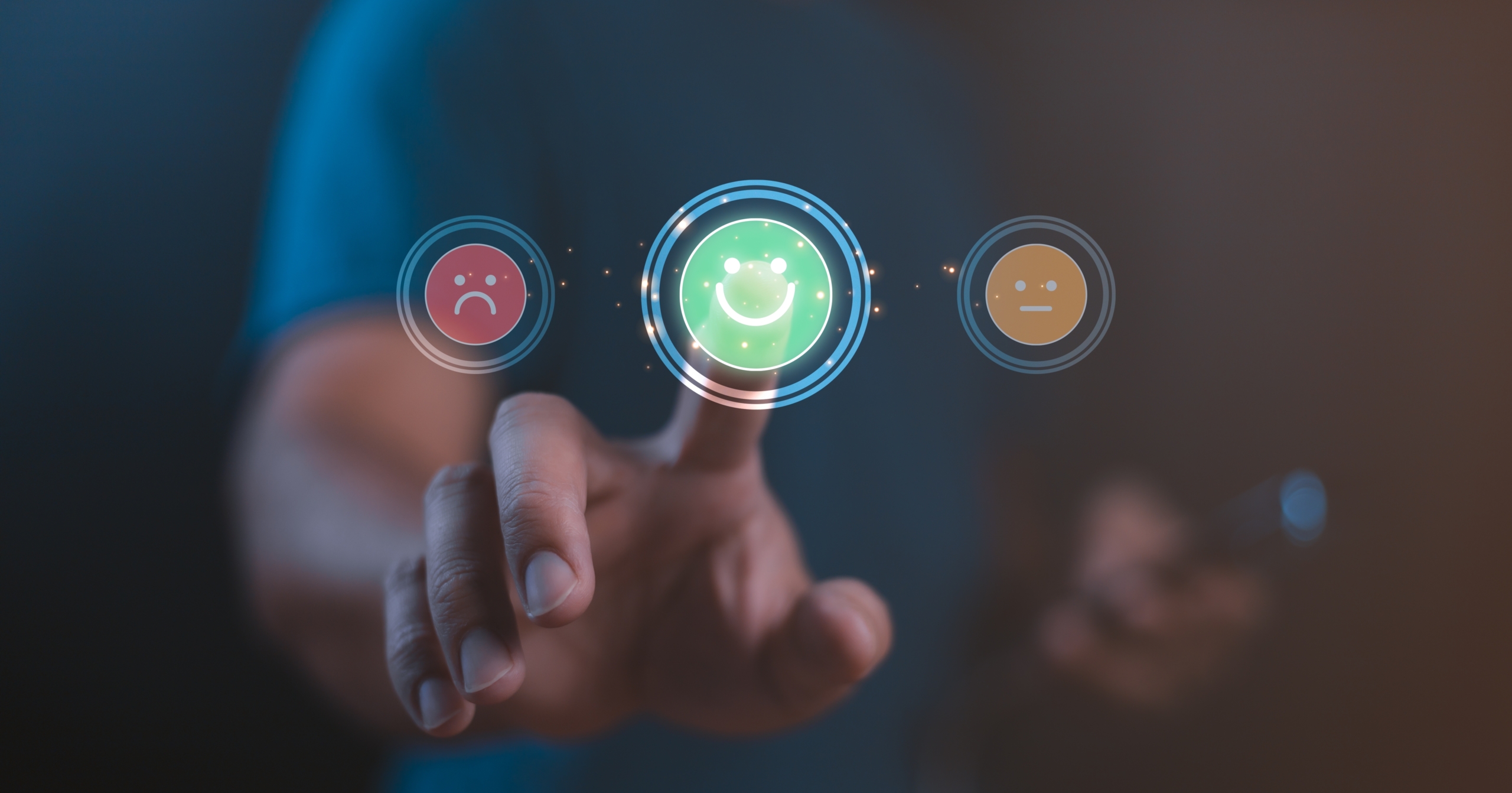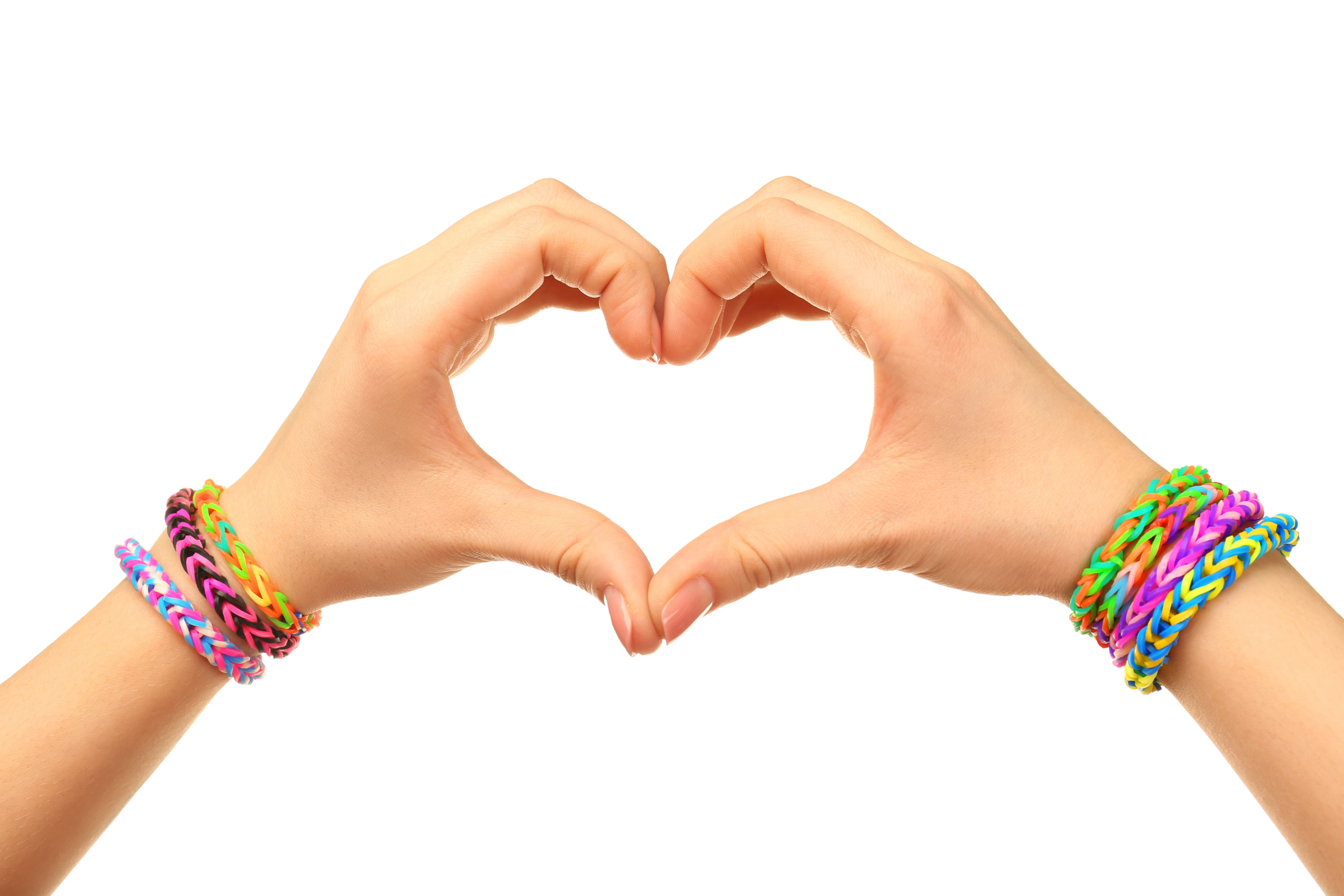Everything you love is non-fungible, but let’s not tokenise it all just yet
Should we tokenise digital art? What’s the point of non-fungible tokens (NFTs)? Let’s start at the beginning – what makes something truly non-fungible?
Fungibility relates to whether something can be one-for-one replaced without loss of value. Money is fungible: I don’t care which particular £10 note I have, just that I have £10 in my wallet. Financial instruments are (often) fungible – I don’t care precisely which Apple share I have, just that I have a share in Apple. Steel rebar is fungible, iPhone 12 Pros are fungible….you get the idea.
Your cat, however, is not fungible. You only have love for Mr Mittens and if he one day were to be replaced by Mr A.N.Other cat from down the street I suspect you’d be rather cross. Your football team is not fungible – you can’t replace your favourite club that you grew up supporting with any other club and love it just the same. List the things you truly love in life. Basically none of them is fungible. The things we really love are irreplaceable and in the grand scale of scarcity, you’d be hard pressed to find things more scarce.
I think there’s an almost direct relationship between how much you love something, and how non-fungible it is. If you’re obsessed with your car that you once took on a summer road trip around Europe, it’ll be irreplaceable. If you’re not, then the same Ford Cortina could be scrapped for a Ford Escort and you’ll be none the wiser.
So how is this relevant for the digital world? Humans tend to stay the same, but the way our values manifest in new technologies and capabilities is what will shape behaviour. I suspect we will love things in the digital world for the same reason we’ve always loved them irl – the relationships, stories and contexts that exist around them. Football cards and baseball cards were loved because they were tied to the stories of the athletes in real life, and now companies like Sorare are translating that love into the NFT world. Pokémon cards were loved because of the heroic story in the TV show, and while Cryptokitties had a bit of a moment in 2017, ultimately they were not tied to any genuine feeling of love remotely close to what you feel for Mr Mittens, so haven’t really sustained their momentum.
It’s not surprising that the first manifestations of digital non-fungible love derive their love from ready-made stories and relationships in the real world. The next step will be digital-native love. What will be the source of stories that make us truly feel something that are digital first? By throwing off the shackles of needing to be tied to the real world, the power of zero marginal costs in non-fungible assets will be truly unleashed. Some parts of the world are already experimenting with digital celebrities that have built some amazing fan engagement, and we can imagine NFTs representing assets associated with them.
Being native to the digital platform will be really powerful, and it’s in part why I don’t really see the appeal of NFTs representing art – it feels like we’re trying to translate an old-world ecosystem on-chain and losing lots of the reasons we loved that ecosystem without gaining the interaction dynamics we can get in the digital world. I’m no art expert, but my understanding is that people love owning art because it’s scarce (there’s only one true Prometheus Bound) and because of the story – we can imagine Thomas Cole stood in front of the giant canvas in 1847 contemplating how best to align his brushstrokes with the abolitionist sentiment of the day. Owning that original canvas gives you a physical manifestation of the story and the history of its context. Owning a NFT piece of digital art, on the other hand, gives us no such pleasure – the pixels on our screen have no physical link to the context of their creator, and in fact the pixels themselves have no scarcity attached – just the owner’s name on a blockchain somewhere. Not sure about you, but that doesn’t strike me as worthy of our love and attention in the same way that a Canaletto is – certainly not beyond the hype factor. Because the file is digital, anyone can make a copy of it as soon as they have access to it and you lose the scarcity value of the art. You maintain scarcity of the ownership record, but in the digital world do you really care?
Here’s a thought experiment – you have a choice between owning the original Washington Crossing The Delaware but everyone thinks you have a forgery, or owning a forgery but everyone thinks it’s real. Which would you choose? I suspect most people would rather have the real one because of the physical story and context that gives us love for that painting. By the way – if you’re involved in the NFT art world and vehemently disagree with me I’d love to chat and understand why.
So how do we recreate the richness of experience and context of the real world in the digital world? It will certainly happen. It’s started with digitising real world love and giving us new ways to interact with it that is uniquely enabled by the internet, but as digital world-building becomes easier, cheaper and more accessible I have no doubt that society will evolve to love the digital-only just as much, and NFTs will have a huge role to play.
